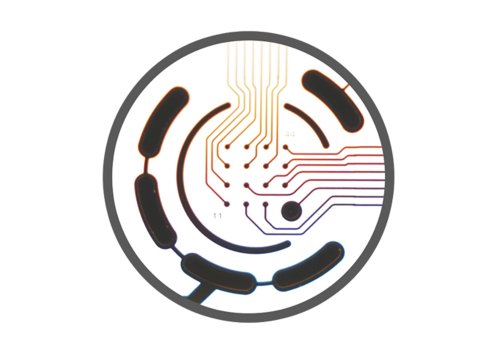Authors: Tao Dong, Yan Zhao, Meng Zhang, Wei-Ya Lang, Dan-Yang Liu, Ke-Shuang Zhang, Yue-Jing Wang, Lin Li, Jie Lian, Hong-Bo Yao, Hai-Yan Zhang, Hai-Feng Jin, Tong Lu, Lei Shen, Li-Ling Yue, and Yan Lin
Scientific Reports, 20 August 2025
Scientists use Maestro MEA to show that SNTA1 mutations in human cardiomyocytes shorten field potential duration and slow conduction velocity.
Mutations in α-1-syntrophin (SNTA1) are linked to rare arrhythmias, but their effects in human heart cells remain unclear. In this study, scientists used CRISPR/Cas9 to create a human cardiomyocyte line with an SNTA1 point mutation to model this condition.
Using Axion Biosystems’ Maestro multielectrode array (MEA) system, the team measured field potential duration and conduction velocity in these engineered cells and found both were reduced compared to controls. Immunofluorescence further revealed disrupted Nav1.5 sodium channel organization. This study establishes a human-relevant model for understanding SNTA1 mutations and their role in cardiac arrhythmias.


